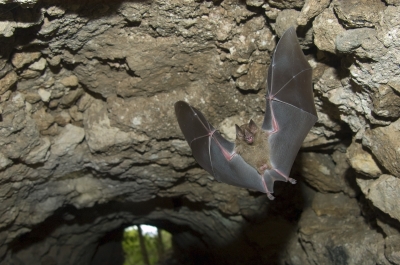
Bats swoop in the dark, sleep in the light, but these bats don’t hit a ball, they eat bugs. In other words, here is ten facts about the animal bat.
- There are approximately 1000 different varieties of bats in the world.
- The largest bat is the Flying Fox while the smallest bat is the Bumblebee bat.
- Bats use ultrasonic, echolocation sounds to find their way around in the dark.
- Bats fly at night instead of during the day, so that they don’t dry up from the heat of the sun.
- Bats are the only mammals that can fly.
Jamaican Fruit Bat
Image courtesy of Hal Brindley/ Free Digital Photos
- Some very deep caves contain 20 million bats.
- Some bats’ daily diet are insects, other bats eat fish and another group of bats eat fruit. The vampire bat even eats or drinks blood.
- Bats live for an average of 15 years.
- A mother bat can smell and tell which bat is hers by the baby bat’s (or pups as they are called) smell and voice.
- Bats have muscles in their ears that block out the extra loud sounds of their echolocation – the sound could possibly deafen them.











